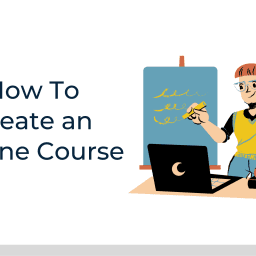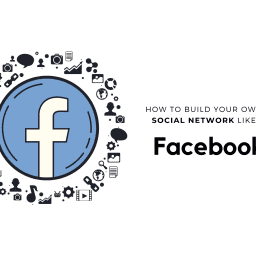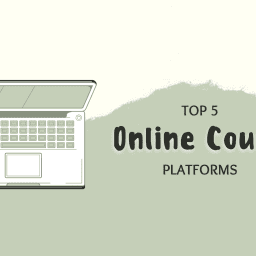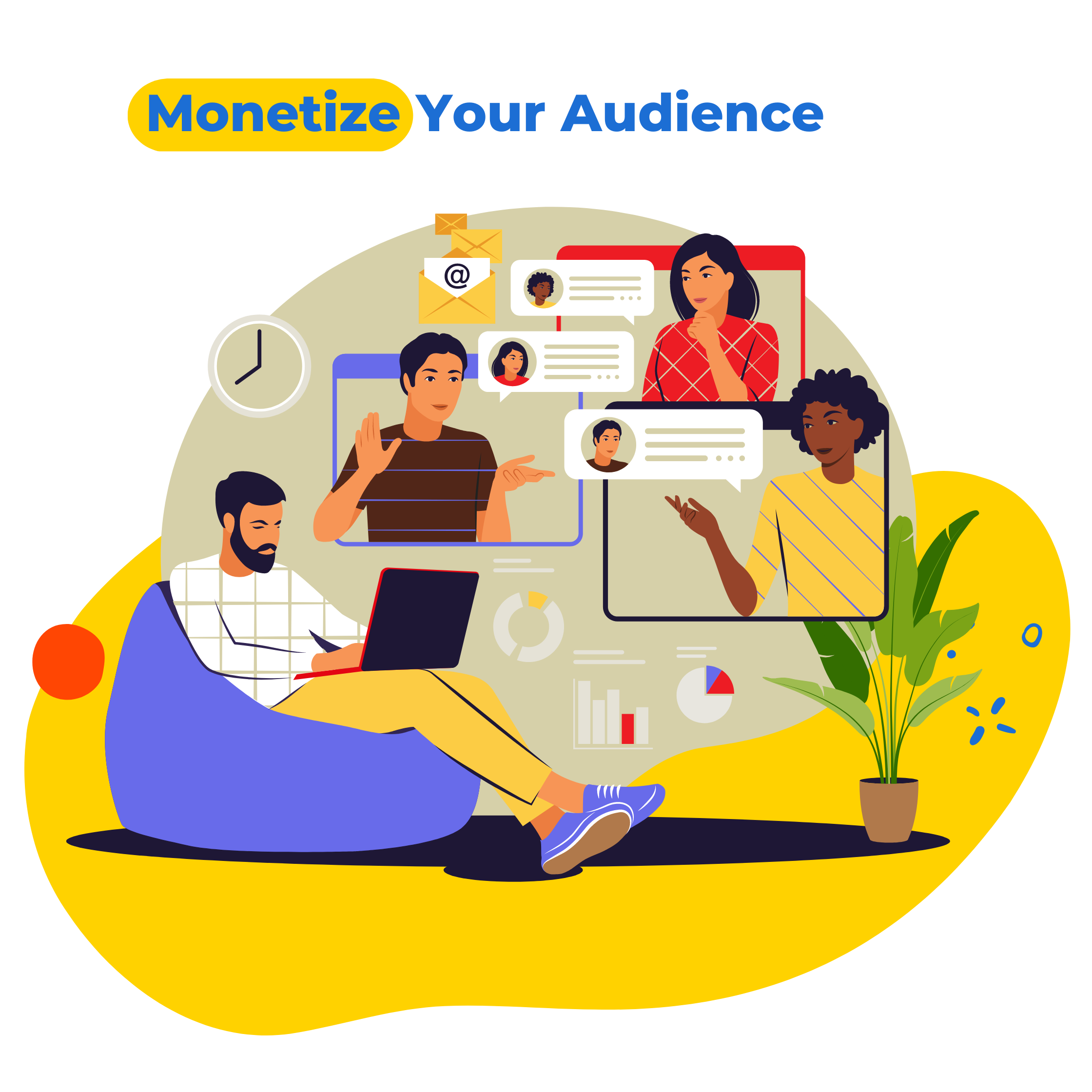Unsurprisingly we’re more connected than ever after a long time of staying home. We are consuming more online content through social media than in the past. As a result, marketing teams and businesses are looking for more content creators, such as social media managers, bloggers, and influencers. The roles of a content creator change as the content marketing industry evolves. But what precisely is a content creator, and what do they usually do? How difficult is it to become a content creator? In this article, you will find answers to all these questions.
What is a Content Creator?
A content creator creates entertaining or instructional content for distribution via any medium or channel. Content creation for businesses might include creating newsletters, emails, digital marketing materials, brochures, social media posts(e.g youtube videos), articles, annual reports, advertorials, editorials, and company communications among other things. To fully understand what a content creator is and what they do, we should first define “content“. In publishing, communication, and art industries, content is defined as all knowledge and experiences. These can be expressed through a medium to communicate value to an end-user, such as writing, speaking, or other arts.

Everywhere you look, there’s content written by someone who was most likely paid to do so. Let’s think about it: That copy on the back of your cereal box, the unread junk mail, the slogan on your T-shirt, the morning newsfeed snippets, the Instagram video you watched, the text you’re reading right now? It’s all about content.
What Does a Content Creator Do?
Content creators create engaging content, usually following a content marketing strategy. They aim to create visually appealing content that drives traffic, following or leads. To accomplish this, content creators need to determine which content deliverables best suit their audiences, platforms, and strategy.
Content creators should also learn how digital marketing strategies function and their content’s purpose. Just like marketers, content creators frequently use data and expertise to create content that converts.

Experienced content creators are probably already quickly developing material for various digital marketing channels. However, this does not imply that new content creators are less effective. You can create a workflow that works best for you with some effort and patience.
Content creators are frequently tasked with producing a variety of digital content. Remember that content can contain text, video, and images, so you’ll have many alternatives when it is time to express your message.
Digital content can include but is not limited to the following:
- Text: Articles, blog posts, guides, reviews, case studies, captions, etc.
- Video: Tutorials, vlogs, reviews, webinars, live streams, Q&As, etc.
- Images: Photos, infographics, illustrations, GIFs, etc.
Responsibilities of Successful Content Creators
The responsibilities of a content creator include writing blog entries on issues important to the industry, promoting our content on social media, and creating marketing copy to showcase our products. You should have knowledge of digital publishing, as well as producing traffic and leads for a new company, to succeed in this position.
As a broad field, content creator responsibilities usually include:
- Writing, editing, blogging and updating content for everything from brochures and marketing materials to emails, websites, and blogs.
- Ensuring that the best SEO strategies for digital material are followed so that search engines like Google may find your content.
- Creating and administering social media posts and accounts, including responding to user comments and inquiries.
- Working with different company divisions and sharing content ideas to help them meet their content demands.
- Tracking metrics for the website and social media.
Where Can Content Creators Find Jobs and Opportunities?
The most typical areas for a successful content creator to get employment is advertising agencies, in-house, or as a freelancer. Let’s have a close look:
In-House
In-house content teams are employed by a single business or umbrella organization that provides a steady salary and other benefits. You’ll probably only concentrate on one industry, but if you get a job in a field you’re passionate about, it may be a wonderful match.
Freelancers
For people who value their flexibility more than a consistent stream of work and revenue, freelancing as a content creator is fantastic. Don’t let becoming a successful freelancer deter you if this is your intended career path; successful freelancers may make more than enough money for themselves. Freelancers can work for clients or develop ways to market and monetize their own media platforms in order to support themselves.
Agency
Companies wishing to increase their production of content creation yet seeking a unique alternative to either recruiting internally or working with freelancers might consider agencies. If you want to invest in content development, agencies that specialize in your area are likely to have connections with writers, marketers, and editors of trade publications.
Salary Of A Content Creator
In 2022, the annual average pay for content creators will be $44,192. This equates to little more than $22 per hour, or $3,680 per month according to Glassdor.
Also, based on the ZipRecruiter data, the income ranges from $36,000 to $58,500, with the highest earners in the United States bringing in up to $74,500 yearly.
How to Become a Content Creator?
You can work as a content creator in-house for a brand or business, as part of an agency, or as a freelancer. A degree is not required; however, you will need a portfolio and experience. Internships, personal projects, and freelancing are ways to obtain content creation expertise. You can create different content for various clients as a freelance content creator. It’s not uncommon for freelance content writers to specialize in a specific sector or medium.
Becoming an influencer is another approach to expanding your portfolio, but you must be careful to prove your range. Employers value portfolios that incorporate projects from many industries and marketing channels.

Educating Yourself
Numerous colleges and educational institutions have added emphasis on digital marketing and content development to their programs. Before enrolling in a program, it’s good to have a concept of the kind of content production you’d like to accomplish because it’s a multifaceted career. These courses will provide you with a lot of entertaining or educational material that will help you to improve yourself.
Paid and unpaid internships are another method that will further your education. Internships can occasionally result in full-time employment, and they will bare minimum give you experience and recommendations for your CV.
Portfolio
Keep track of your most successful or preferred projects for your portfolio as you work. Include a few paragraphs describing what made your project successful or why you enjoyed working on it. Your portfolio will be the best representation of your work and ability, so don’t be afraid to highlight projects in which you excelled. You can check out step-by-step guides for more information and tips.
Network
Don’t listen to what anyone else says. It’s all about who you know. Make connections in the right places and meet types of clients you want, whether at tradeshows, conferences, launch events, or any other meetings. Online networking is also essential. Follow and comment on accounts you admire on social media. Offer to work together. You can feature and tag brands you want to collaborate with. Maintain your efforts, and your relationships will flourish.
Stand Out
Don’t sit around waiting for jobs to come to you. Instead, actively seek opportunities. Do you know a restaurant that might use some social media support or a small company that has poor newsletters? Offer to help with increasing their engagement.
Useful Tools and Platforms for Content Creators
To become a content creator, you don’t need the best video editing skills or outstanding language use. All can be learned or improved through easy-to-use, free, and user-friendly platforms. Here are 4 useful tools to help you on your content-creating journey.
1. Canva
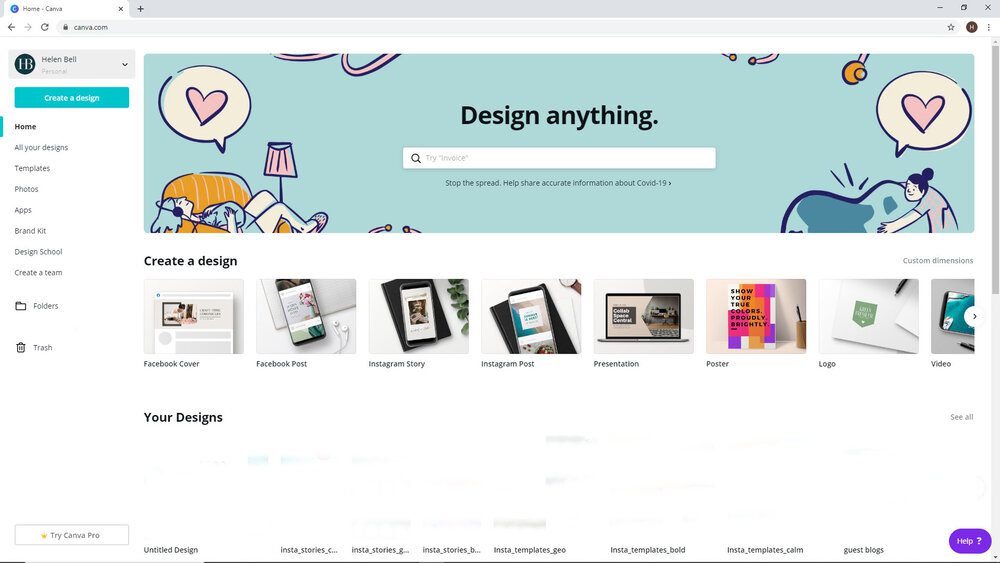
Canva is one of the most popular tools for creating social media graphics. It allows users to quickly generate high-quality images utilizing layouts, templates, and design elements. The free version of the tool is quite comprehensive, but those seeking more can pay €11.99 per month (up to 5 workers) or choose pro or enterprise pricing if it is the best fit for the business. It is free for educational institutions and non-profit organizations. If you want to create content with Canva,Canva’s vast library of templates may be used as-is or customized to meet your specific needs. A section is dedicated to social media graphics for various content formats and platforms. Choose your elements to personalize the design. And you’re good to go!
2. PREZI
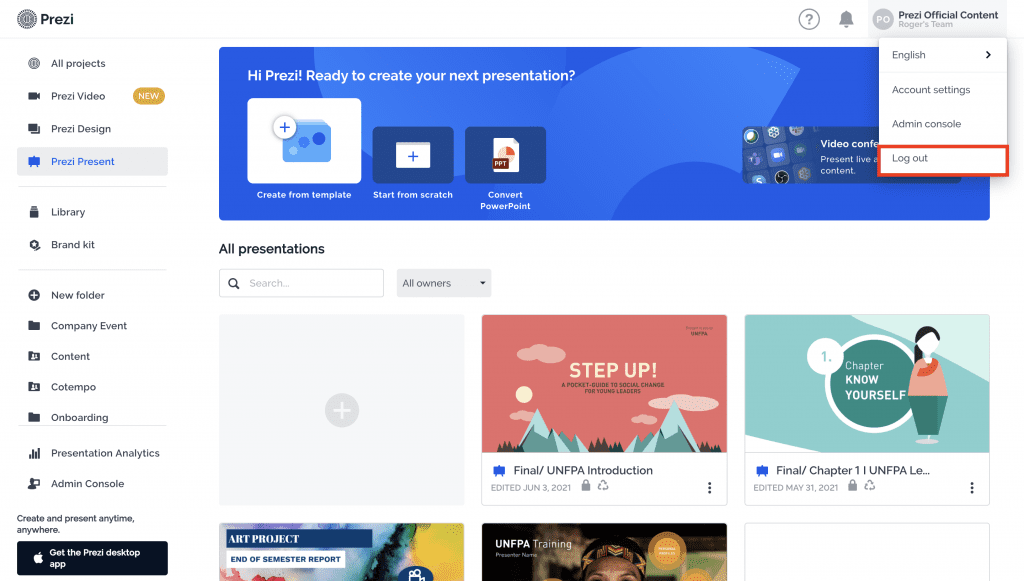
Prezi allows you to make stand-alone presentations, appear alongside existing presentations, and create unique interactive visuals and charts. Since the beginning of the pandemic, presenting and collaborating from home has been critical. The platform has used its technology to make it seamless while appearing nice! Prezi is integrated with Zoom, Microsoft Teams, and Webex. It includes an ‘Inspiration’ section where you can see what other firms have done to engage their audiences. You can also obtain reusable designs and templates, eliminating the need to start from scratch. Individual subscriptions begin at $3 per month.
3. GRAMMARLY
Grammarly is an all-in-one spellcheck and grammar tool. It enables users to create error-free copies on Gmail, Facebook, Twitter, LinkedIn, and practically any other website. Grammarly works by scanning your text for common and sophisticated grammatical errors, such as subject-verb agreement, article use, and modifier placement, using Artificial Intelligence (AI). It also goes above and beyond standard checks by providing users with explanations and assisting them in improving their writing skills. Individual users can use the plugin for free, but premium and business plans are also available.
4. Animoto
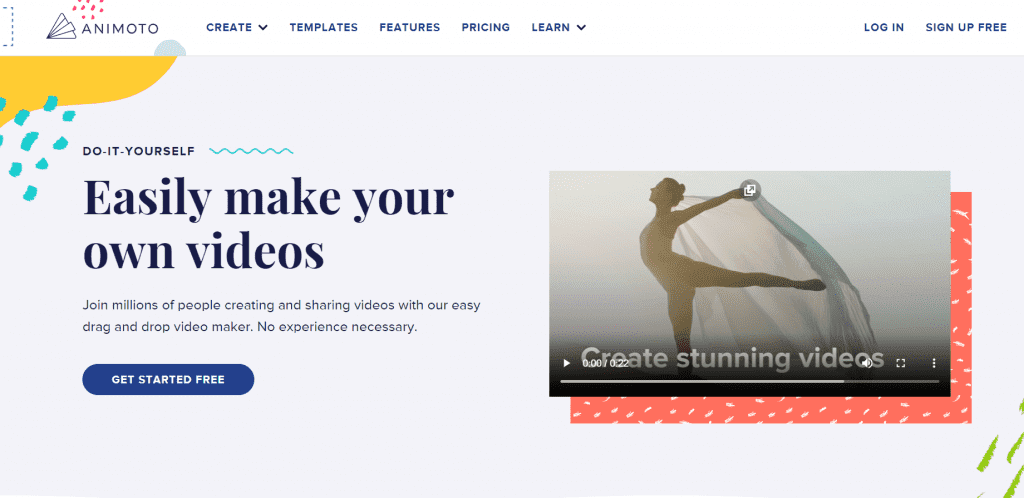
Animoto is a great video platform that allows non-experts to create engaging multimedia. It makes it simple to convert existing video clips and photographs into video slideshows. Depending on your time and desire, you may use one of their current storyboard templates or create a film from scratch. If you don’t mind having their branding on your videos, Animoto does have a free version. Other plans start at €28 or €69 per month, depending on your company’s demands. Annual subscriptions provide significant discounts.
Now you’re ready to start!
We’ve shared what a content creator is, what are their responsibilities, and how to become one. Finally, there are some useful tools to give you a hand on your journey. Now, you can become a content creator with the tips we’ve given you!
Check out other articles about content creation from our blog:


